Nature photography is one of the most popular types of photography there is — quite possibly the most popular. After all, who doesn’t like photos of pretty wildflowers, rushing streams and mountainsides awash is the vibrant reds, oranges, and yellows of autumn?
However, no matter how much you love a certain subject or scene, after a while you start to run out of ideas on how to photograph it in ways that don’t look just like every other photo you’ve made of that subject. Creating abstract nature photographs of these same old places and things is a great way to revitalize and add interest to your nature photography.
Check out our tips for creating abstract art using nature photography!
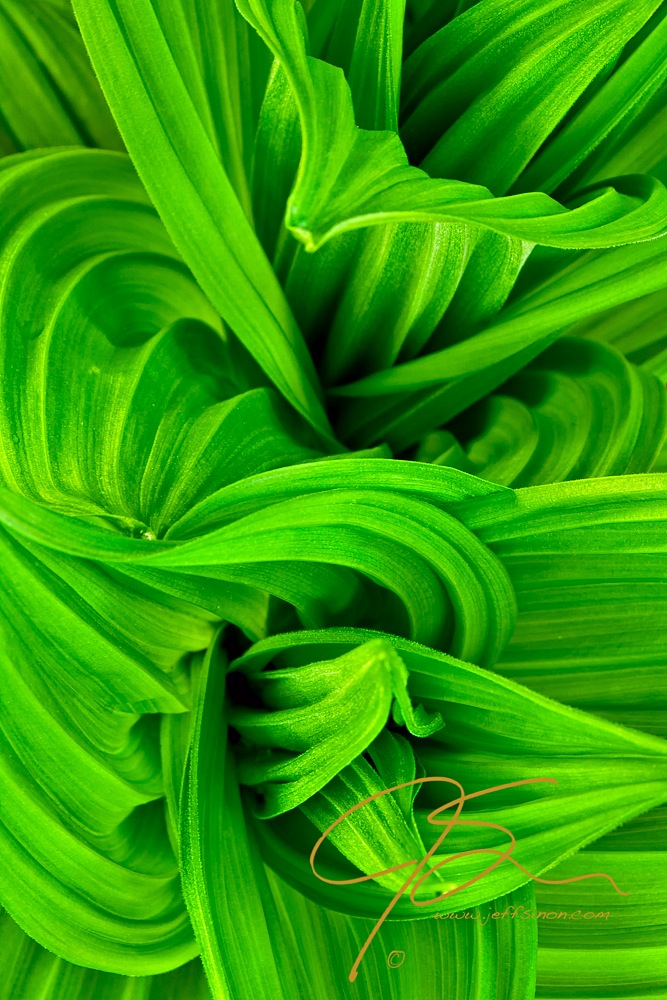
If you’re looking for photography techniques that will breath new life into your images, look no further than your own backyard. Today, I’m going to share some of my tips and techniques how to create abstract photography to capture the beauty of nature in a way that will have audiences saying, “I love it!”
More often than not, that statement is followed shortly by, “But what is it?” Aside form the intrigue and mystery of the images themselves, the other great things about capturing abstract nature photographs are that it’s fun, rewarding, and perhaps best of all, doesn’t require any specialized gear.
1. Hunt for shapes, patterns and textures.
Nature is full of interesting shapes, patterns and textures that can be used to make abstract photos. Plants make outstanding subjects for abstract photographs because they often have all three.
I look forward to the early spring arrival of the false hellebore, shown in the image above, more than even my favorite wildflowers due to the vibrant green and wonderful patterns of the leaves. Like fingerprints, no two plants are alike, and I never get bored of photographing them.
During winter (possibly being my favorite time of year to photograph), I’m always on the lookout for ice. The ice forming along the banks of a swiftly flowing stream is a treasure trove of great patterns and texture.

2. Get in close.
As simple as it sounds, close-ups of some of your favorite flowers and plants can give you great results if abstract style nature photos are what you’re after.
An extreme close-up of a red rose turns an everyday flower photograph into an abstract image, rich in light and shadow.
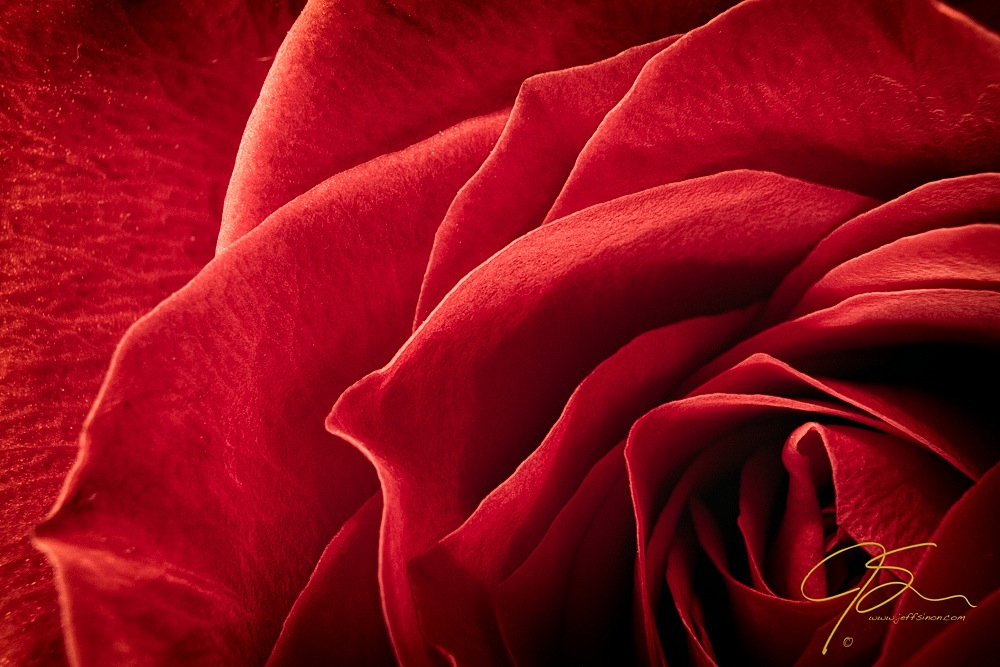
3. Look for water, reflections and flow.
Reflections on water are an excellent source for abstract images. The reflection of brilliant white birch trees and golden fall foliage, interspersed with evergreen, on the surface of a small New Hampshire lake resulted in a photo with a great abstract, impressionist quality.

Fallen leaves floating on the surface of a stream or bubbles circling in the currents captured with a long exposure are another great way to use water along with motion to give a decidedly abstract quality to the final photograph. .

Use camera movement and manipulation: 3 different techniques
Now we’re going to get really creative and adventurous with our camera and lenses.
In normal nature photography having your camera securely mounted on a tripod in order to get the sharpest possible photos is the norm. What I’m about to share is going to throw that right out the window.
One of the most creative ways to take abstract photos in nature is with camera manipulation or movement during exposure. Swinging, panning, tilting and zooming as you press the shutter are all tricks I use regularly when I’m in an abstract state of mind.
A few words of caution before we begin: Some of the techniques I’m about to share are not for the faint of heart. If you’re not careful you may very well end up watching your camera sail off into the woods or over the bank into a river. So be very careful.
1. Zoom it:

Compose your photo as you normally would, and then just zoom the lens as you press the shutter. Depending on the lighting conditions you may need to stop the lens down to a smaller aperture to allow for a longer shutter speed for the zoom effect you want. Also, experiment with zooming speed and direction.
2. Swing it:
(This is not for the faint of heart, as I mentioned)
In this next photo, I made sure my camera was SECURELY mounted on my tripod, which I then double and triple checked. Then, I picked the tripod up by the end of the legs and proceeded to swing my camera out over a fast running stream. Holding the ends of the tripod legs in one hand and a remote shutter release in the other I was able to press the shutter button on the remote just as the camera was swinging out over the water. I had to do this several times, adjusting camera settings as well as my swinging speed before I got a photo I was happy with.
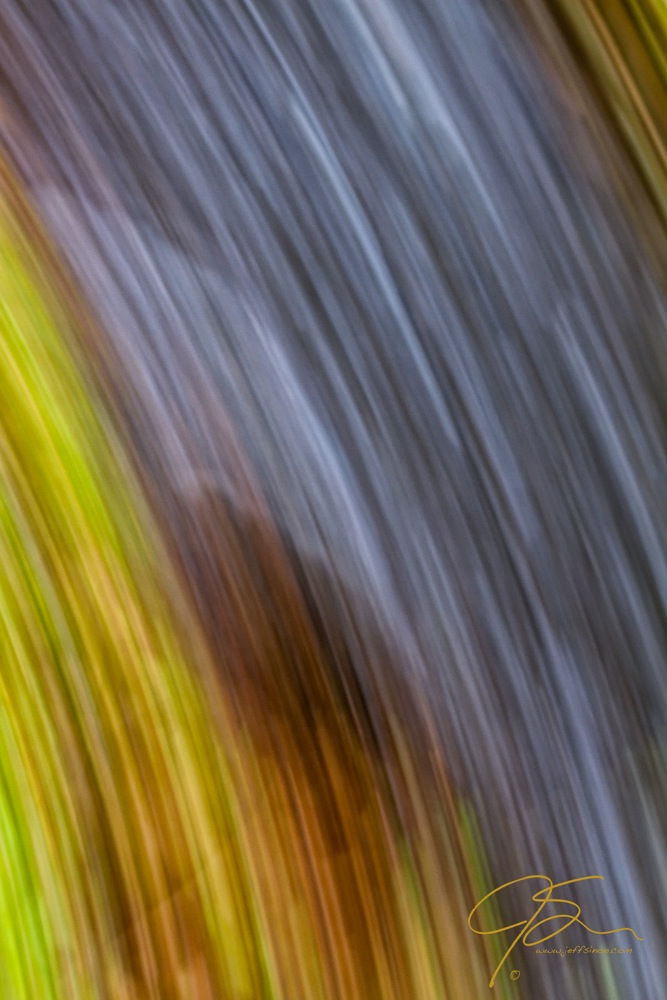
3. Pan side-to-side and up and down.
Panning is moving the camera side to side, and tilting is moving the camera up and down.
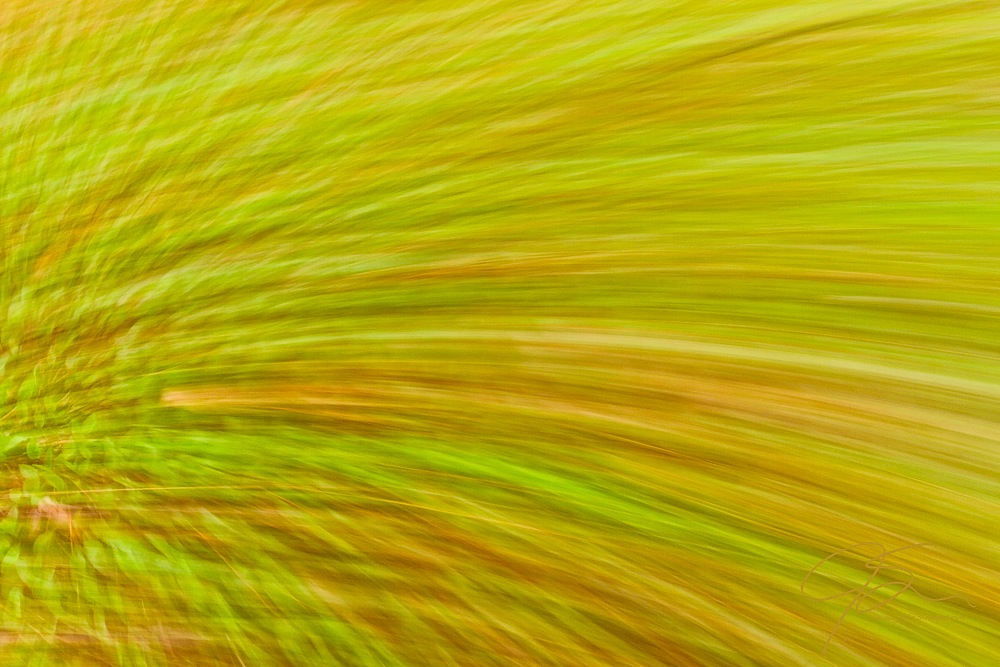
Abstract image using panning
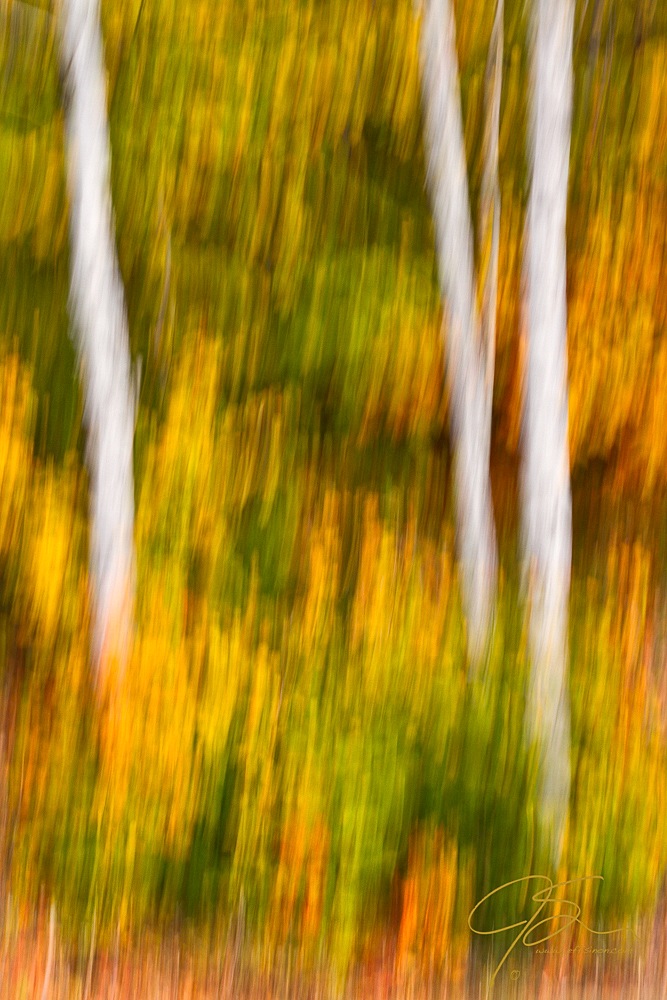
Abstract image using tilting
As with the other camera movement techniques, you’ll need to experiment with camera settings and the speed with which you pan or tilt the camera. Also, unlike swinging your camera by the tripod, with panning and tilting you can have the camera securely on a tripod, on nice firm ground. Or, you can hold it in both hands as you move the camera.
The next time you’re out for a walk with your camera, try a few of these tricks, and I think you’ll be pleasantly surprised at the abstract art you create.
Discover more photographic wonders in your own backyard in the Craftsy class Macro Photography: Insects, where you’ll learn how to create surreal images that showcase your tiny model and its natural habitat.

Share tips, start a discussion or ask one of our experts or other students a question.
No Responses to “How to Create Abstract Photography Using Nature”